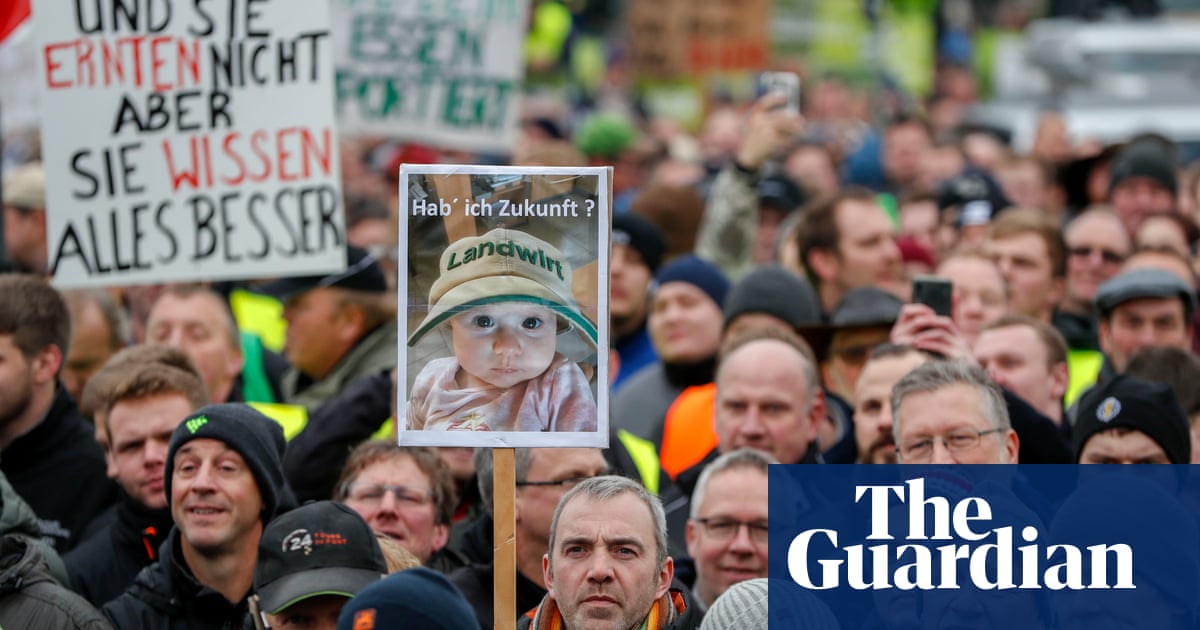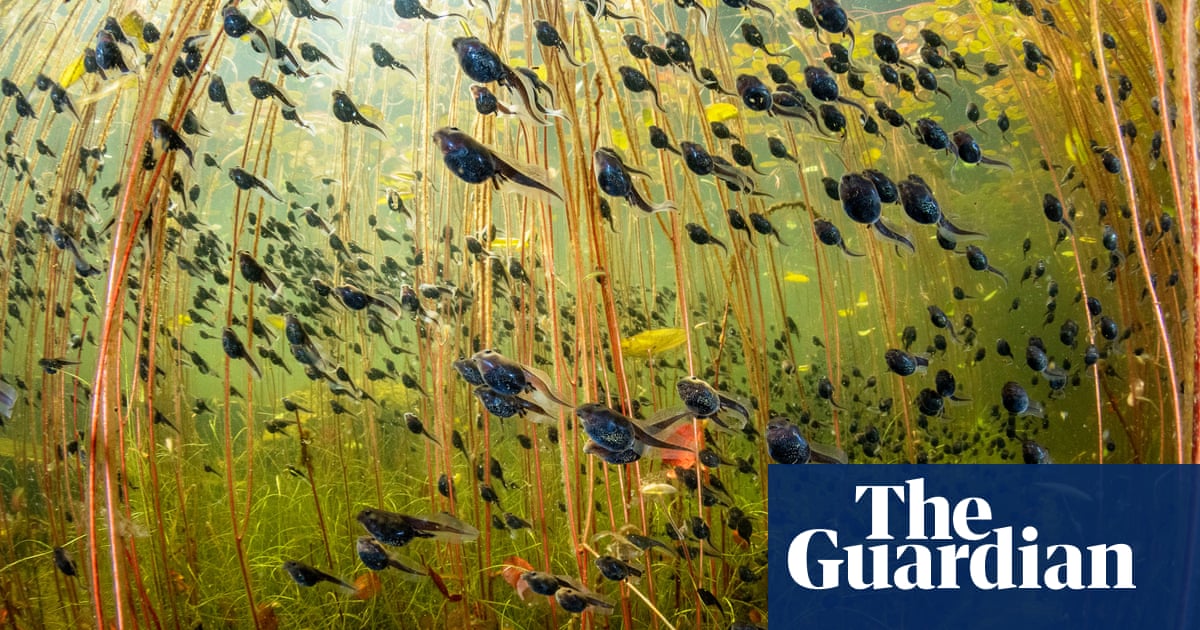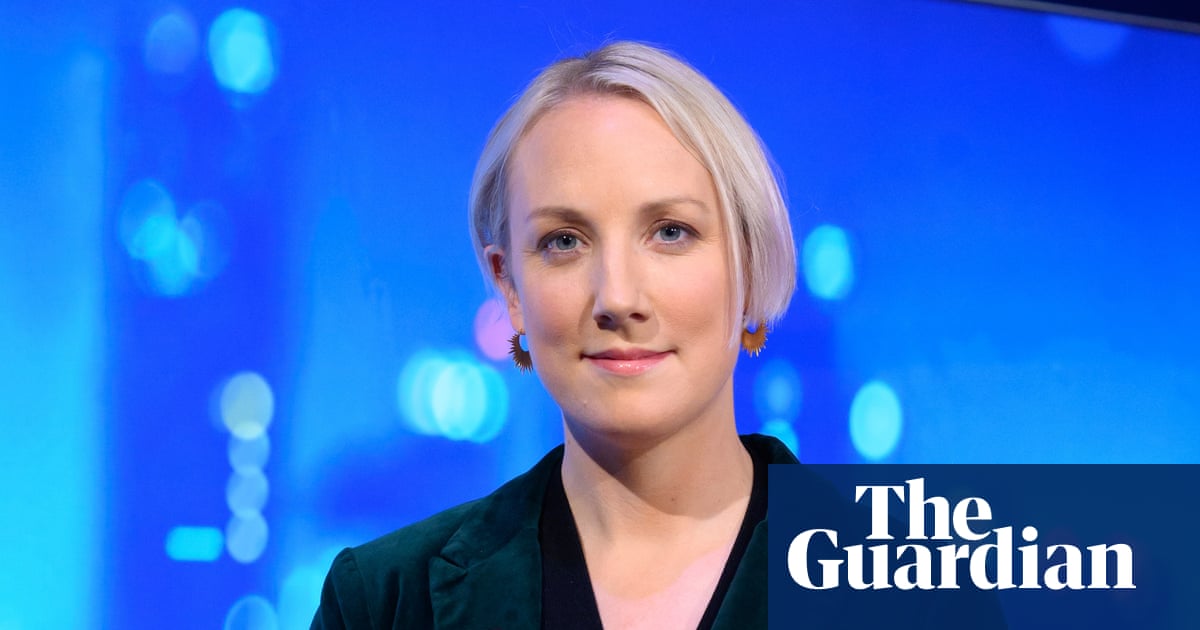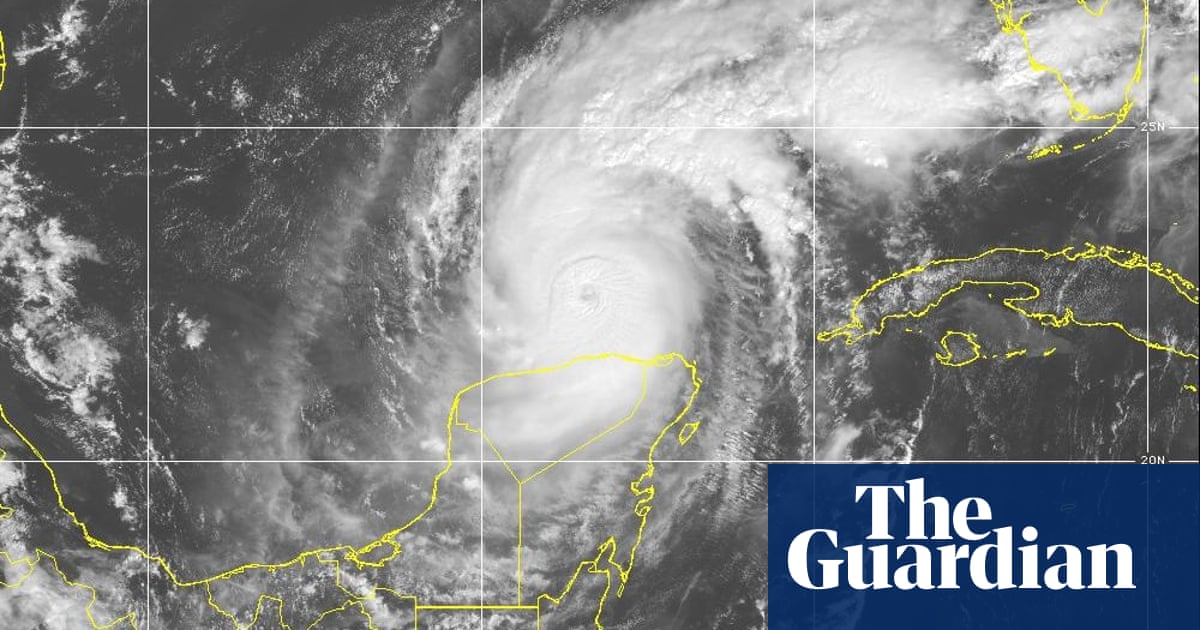When diplomats struck a deal to save nature in 2022, pledging to halt biodiversity loss by the end of the decade, Europe was seen as a credible leader in fraught negotiations. The EU cajoled others into stepping up their game as it championed a target to protect 30% of the land and sea by 2030.
But two years later, as delegates meet in wildlife-rich Colombia for Cop16 – the international summit to save nature – Europe’s own enthusiasm for saving species appears to be endangered.
EU leaders scaled back plans to cut pollution and protect habitats after angry protests from farmers at the start of the year. A law to restore nature was turned into a political punching bag, barely securing majorities in key votes to rubber-stamp the deal, and a regulation to reduce deforestation will be delayed by a year, the commission announced last week.
The backsliding has alarmed conservationists and scientists, who fear that biodiversity loss is being pushed to the sidelines on the eve of the world’s most significant nature negotiations.
Guy Pe’er, an ecologist at the Helmholtz Centre for Environmental Research, said the new line on nature was “exceptionally worrying” because the EU was perceived as a leader. “If other areas of the world take the same line, this can put us at a global risk of accelerating losses,” he said.
The most vocal opponents of Europe’s nature protection plans are far-right parties, which completely oppose the EU’s “green deal”, and centre-right parties, which nominally back the project but have repeatedly tried to weaken it. Both groups gained seats at the expense of the Greens in European parliament elections in June, in a rightward shift that has been echoed in national and regional elections across the continent.
EU member states agreed to downgrade protection of wolves in September, drawing criticism from conservationists who say it sends a “shameful signal” in the run-up to the summit. The move came shortly after Ursula von der Leyen, the returning commission president, announced her top team, with a shift in rhetoric that emphasised economic growth over the green agenda that characterised her previous term.
Pe’er said: “Instead of resilience, sustainability and planetary boundaries – not to speak of nature or biodiversity – we now hear the words competitiveness, boosting our economy, and helping the industry.
“This is not a small change to the tone of the green deal,” he said, “but rather a fundamental alteration of the underlying philosophy.”
Europe’s recent efforts to protect nature have been mixed. The EU failed to meet its 2020 biodiversity targets and risks falling short of its 2030 protection targets, too. In 2021, most of its member countries failed to pay their fair share of a $20bn (£15.3bn) a year commitment to protect nature, according to an analysis from the ODI in June.
Just eight of the 27 member states have revised their national biodiversity strategies and action plans, and only the same number have submitted pledges to protect nature.
In June, however, the EU passed a landmark law to restore nature, rather than just protect it. It has also pushed through contested environmental rules on deforestation and sustainable supply chains – albeit in watered-down forms – to force action in countries from which it imports food and goods.
Guido Broekhoven, a policy researcher at WWF, which recently released a tracker of national biodiversity strategies, said: “Other countries keep a close eye on its developments because ambitious action by the EU has a knock-on effect elsewhere.
“Passing the nature restoration law was a step in the right direction, but it’s the implementation that really matters now,” he said. “The increasing pressure to delay implementation of the deforestation regulation, or worse, is also concerning.”
Europe’s willingness to pay for nature protection abroad could also suffer from the rise of parties railing against migration and foreign aid. The Global Biodiversity Framework estimates an extra $700bn a year in biodiversity financing is needed between now and 2030 – 35 times more than what rich countries have promised poor ones.
Špela Bandelj Ruiz, a Greenpeace biodiversity campaigner, said: “The last UN biodiversity summit got a good deal on paper, but this must be followed with action to protect Indigenous people’s rights, restore destroyed nature and finance all this fairly.”
Nature is declining at unprecedented rates as the extinction of species accelerates, the Intergovernmental Science-Policy Platform on Biodiversity and Ecosystem Services (Ipbes) found in a scientific assessment in 2019. Although the biodiversity crisis does not receive the same attention and funding as climate breakdown, it has risen on the geopolitical agenda in recent years, allowing delegates to secure a significant global agreement in 2022 to stem biodiversity loss.
David Obura, chair of Ipbes, said the forthcoming Cop16 summit would be the “first milestone” since then to agree on how to assess progress towards meeting the 2030 targets. It would also be an important space to share information on commitments, implementation and “gaps that urgently need to be filled” to halt and reverse the loss of biodiversity.
Campaigners have warned of the growing threat to nature protection from far-right parties, which scored big wins in Austria’s recent election and performed well in three German states last month, but also warned politicians from elsewhere against aping their rhetoric.
“We need healthy nature to have a hope for a safe future and resilient societies,” said Bandelj Ruiz. “Politicians from anywhere on the spectrum must recognise that they have a responsibility to protect their citizens and leave a livable planet for future generations.”
Find more age of extinction coverage here, and follow biodiversity reporters Phoebe Weston and Patrick Greenfield on X for all the latest news and features









